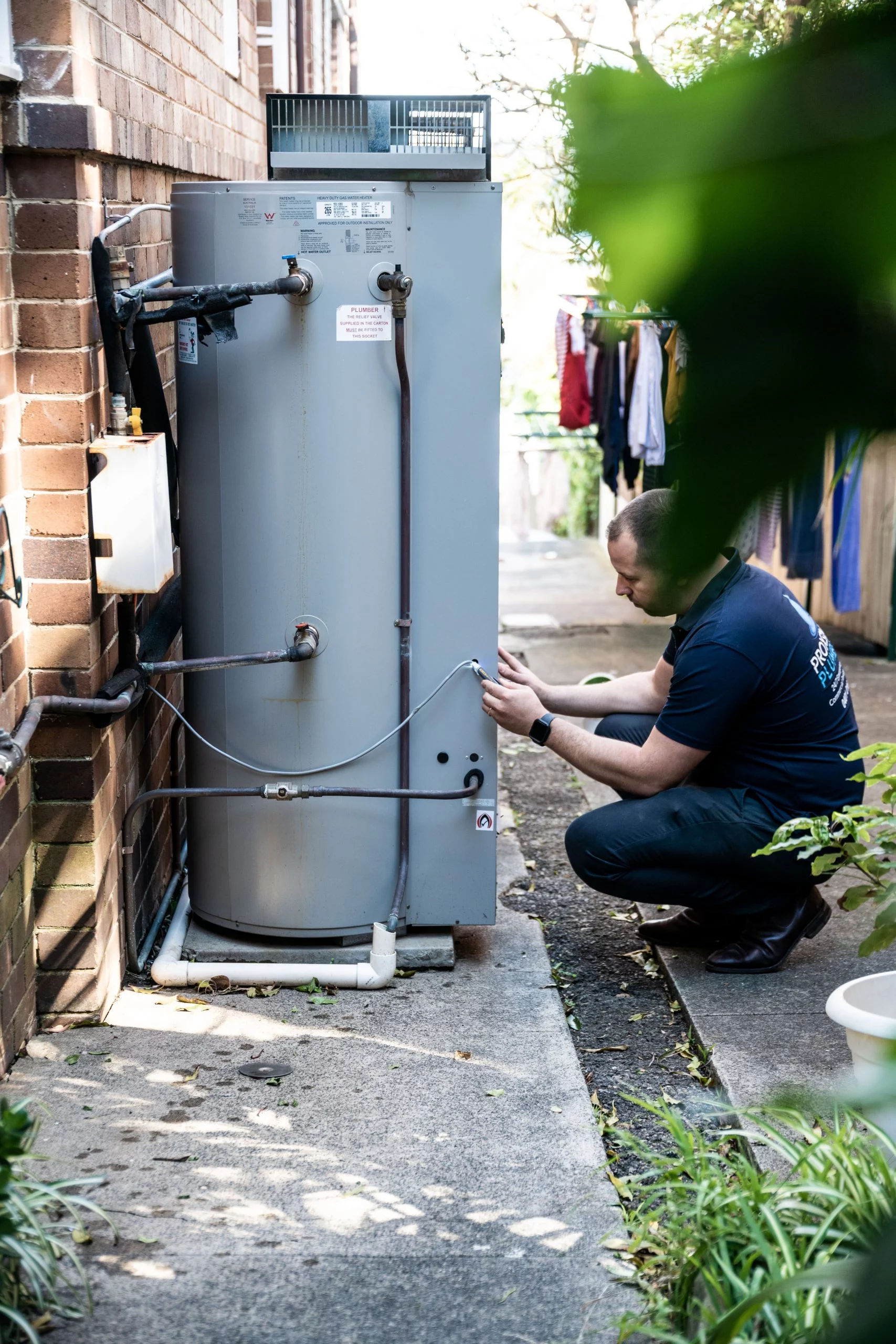Do you find yourself in search of answers on How to Maintain a Hot Water Heater in a Few Simple Steps?

Warm water is vital for daily convenience, whether it's for a rejuvenating shower or washing meals. To ensure your warm water system runs efficiently and lasts much longer, regular upkeep is crucial. This short article gives functional tips and insights on just how to maintain your home's warm water system to avoid interruptions and costly repair services.
Intro
Preserving your home's hot water system may seem complicated, however with a couple of easy steps, you can guarantee it operates efficiently for many years ahead. This guide covers every little thing from understanding your hot water system to do it yourself maintenance ideas and knowing when to employ professional aid.
Importance of Preserving Your Hot Water System
Routine upkeep not only expands the lifespan of your warm water system but likewise guarantees it operates successfully. Neglecting maintenance can result in lowered efficiency, greater power bills, and also early failure of the system.
Indicators Your Hot Water System Requirements Upkeep
Knowing when your warm water system requires attention can stop significant issues. Watch out for indicators such as irregular water temperature, unusual sounds from the heater, or rustic water.
Comprehending Your Warm Water System
Before diving into upkeep jobs, it's useful to comprehend the standard components of your hot water system. Generally, this includes the water heater itself, pipelines, anode poles, and temperature controls.
Monthly Maintenance Tasks
Routine regular monthly checks can aid capture minor issues before they intensify.
Purging the Hot Water Heater
Flushing your water heater eliminates debris build-up, boosting efficiency and prolonging its life.
Checking and Replacing Anode Rods
Anode rods stop deterioration inside the tank. Evaluating and changing them when broken is critical.
Inspecting and Adjusting Temperature Settings
Adjusting the temperature settings makes sure optimal performance and security.
DIY Tips for Maintenance
You can carry out a number of maintenance tasks yourself to keep your hot water system in top condition.
Checking for Leaks
Frequently examine pipes and connections for leakages, as these can bring about water damages and greater costs.
Examining Stress Alleviation Valves
Checking the stress relief valve ensures it functions correctly and prevents excessive stress build-up.
Shielding Pipelines
Protecting hot water pipes reduces heat loss and can conserve power.
When to Call an Expert
While DIY maintenance is advantageous, some concerns call for expert competence.
Complicated Issues Calling For Specialist Aid
Instances include major leakages, electric issues, or if your water heater is consistently underperforming.
Regular Expert Maintenance Conveniences
Expert maintenance can include detailed evaluations, tune-ups, and ensuring conformity with security requirements.
Conclusion
Normal maintenance of your home's hot water system is crucial for effectiveness, longevity, and price financial savings. By following these pointers and knowing when to look for expert aid, you can make sure a dependable supply of warm water without unforeseen disruptions.
How to Maintain an Instant Hot Water Heater
Before tinkering with your hot water heater, make sure that it’s not powered on. You also have to turn off the main circuit breaker and shut off the main gas line to prevent accidents. Also turn off the water valves connected to your unit to prevent water from flowing into and out of the appliance. 2. When you’re done, you have to detach the purge valves’ caps. These look like the letter “T†and are situated on either side of the water valves. Doing so will release any pressure that has accumulated inside the valves while at the same time avoid hot water from shooting out and burning your skin. 3. When the purge valves’ caps are removed, you have to connect your hosing lines to the valves. Your unit should have come with three hoses but if it didn’t, you can purchase these things from any hardware or home repair shops. You can also get them from retail stores that sell water heating systems. Read the user’s manual and follow it to complete this task properly. When the hosing lines are connected, open the purge port’s valves. 4. You should never use harsh chemical cleaners or solutions when cleaning your unit. Make use of white vinegar instead. It should be undiluted and you’ll probably use about 2 gallons. 5. Now flush your water heater. This task should probably take about 40 minutes. We can’t give you specific directions for this because the procedure is carried out depending on the type, model and brand of your heater. With that being said, refer to the user’s manual. 6. When you’re done draining the unit, you have to turn off the purge port valves again. Remove the hosing lines that you earlier installed on each of the water valves. Put the valve caps (purge port) back in their respective places and be very careful so as not to damage the rubber discs that are found inside these caps. 7. Now that everything’s back in place, check your user’s manual again to find out how to reactivate your water heating system. 8. Once it is working, turn one of your hot water faucets on just to let air pass through the heater’s water supply pipes. Leave the tap on until water flows smoothly out of it. https://www.orrplumbing.com/blog/2014/september/how-to-maintain-an-instant-hot-water-heater/

I stumbled upon that piece of writing on What Kind of Maintenance Do Water Heaters Need? while doing a lookup on the internet. Are you aware of anybody else who is inquisitive about the niche? Please feel free to share it. Thanks a lot for taking the time to read it.
Schedule An Appointment